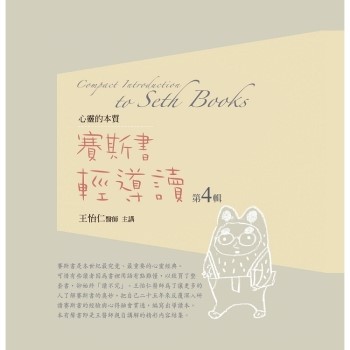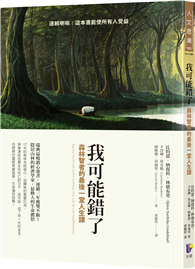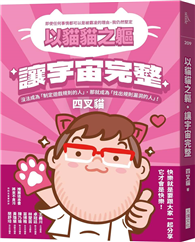獲選《金融時報》年度選書
道出本世紀與死亡傳染疾病的對抗史
1918年爆發西班牙流感,感染人數達當時四分之一世界人口,自此以後,科學家們便一心想根絕這種堪稱全球災難的傳染性疾病。經過了一個世紀,醫學持續發展與突破,仍不敵病毒與細菌的傳染力,1924年洛杉磯爆發肺鼠疫病情,1930年美國爆發鸚鵡熱疫情,直到近年的SARS、伊波拉病毒與茲卡病毒,再再打破醫療防線,讓人們陷入一次又一次的恐慌之中。
透過多年來的科學史及醫學會學相關文獻,我們得以了解流行病學的脈絡及流行疾病的生態,看見站在最前線的抗疫英雄、資源稀缺或者失職的官方醫療體系、聰明反被聰明誤的病理學家,以及對於疾病的恐懼,是如何危及各種族與各信仰間的和平。
就像食人鯊一樣,帶有侵略性的病原體一直潛伏在你我周遭,靜待時機,好使出致命一擊,當我們看似抗疫成功,另一個病毒已在旁蠢蠢欲動。我們必須認清,儘管醫療發展日新月異,但我們的所知不過爾爾;我們還必須了解,人類的行為與科技的發展在傳染疾病爆發時,所扮演的角色為何。(文/博客來編譯)
A Financial Times Best Health Book of 2019 and a New York Times Book Review Editors’ Choice
With a New Chapter and Updated Epilogue on Coronavirus
“Honigsbaum does a superb job covering a century’s worth of pandemics and the fears they invariably unleash.” ―Howard Markel, MD, PhD, director of the Center for the History of Medicine, University of Michigan
How can we understand the COVID-19 pandemic? Ever since the 1918 Spanish influenza pandemic, scientists have dreamed of preventing such catastrophic outbreaks of infectious disease. Yet despite a century of medical progress, viral and bacterial disasters continue to take us by surprise, inciting panic and dominating news cycles. In The Pandemic Century, a lively account of scares both infamous and less known, medical historian Mark Honigsbaum combines reportage with the history of science and medical sociology to artfully reconstruct epidemiological mysteries and the ecology of infectious diseases. We meet dedicated disease detectives, obstructive or incompetent public health officials, and brilliant scientists often blinded by their own knowledge of bacteria and viruses―and see how fear of disease often exacerbates racial, religious, and ethnic tensions. Now updated with a new chapter and epilogue.











